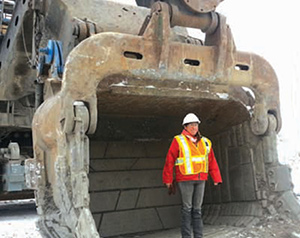The British Columbia Aboriginal Mine Training Association (BC AMTA) has reached a major milestone – matching more than 500 First Nations job seekers with sustainable mining-related careers. Participants in BC AMTA’s program are training to work in a variety of roles within the mining sector, including entrylevel occupations, professional roles, trades and apprenticeships. The mining sector in B.C. is anticipating a wave of major growth in the coming years, and the program supports the need to invest in aboriginal communities, which are often located within close proximity to mining projects. Although the mining industry has been working diligently to recruit a skilled workforce in recent years, the gap between job requirements and available skills remains evident at the local level. One example of training support offered by BC AMTA is the Pathways to Success certificate, which is designed to enhance students’ self-esteem, personal growth, and provide skills-based training in writing, numeracy, and communications.

BC AMTA is seeing benefits for both industry and local economies by aligning the needs of communities with the companies investing in their regions. With demand growing for this program, BC AMTA has been able to work with participants from more than 120 First Nations bands from across the province. In only three years, employees trained in the program have earned an estimated $26 million annually in wages and benefits. BC AMTA estimates that graduates of the program earn an average annual salary of $52,000 per year. “We’re thrilled to have generated success for our candidates in the last three years … we really started with just an idea and we built an organization and processes to ensure the success of our candidates,” said Laurie Sterritt, CEO of BC AMTA. The benefits are also clear for industry. Retention rates for mine employees recruited through BC AMTA’s program have been as high as 95%, significantly reducing the recruitment and retention costs for the industry. Supported in part by Northern Development, BC AMTA is able to continue and expand it’s programming within central and northern B.C.
“With a strong foundation and partnerships, there are many opportunities for BC AMTA to explore in the future” says Sterritt. “We’re very excited about the next couple of years, we feel the momentum and the acknowledgement by industry that our process works … we also hope that the value we bring to the industry extends to other industries and that other corporate partners join with us in the effort to attract a local workforce, and that benefits everybody.”


